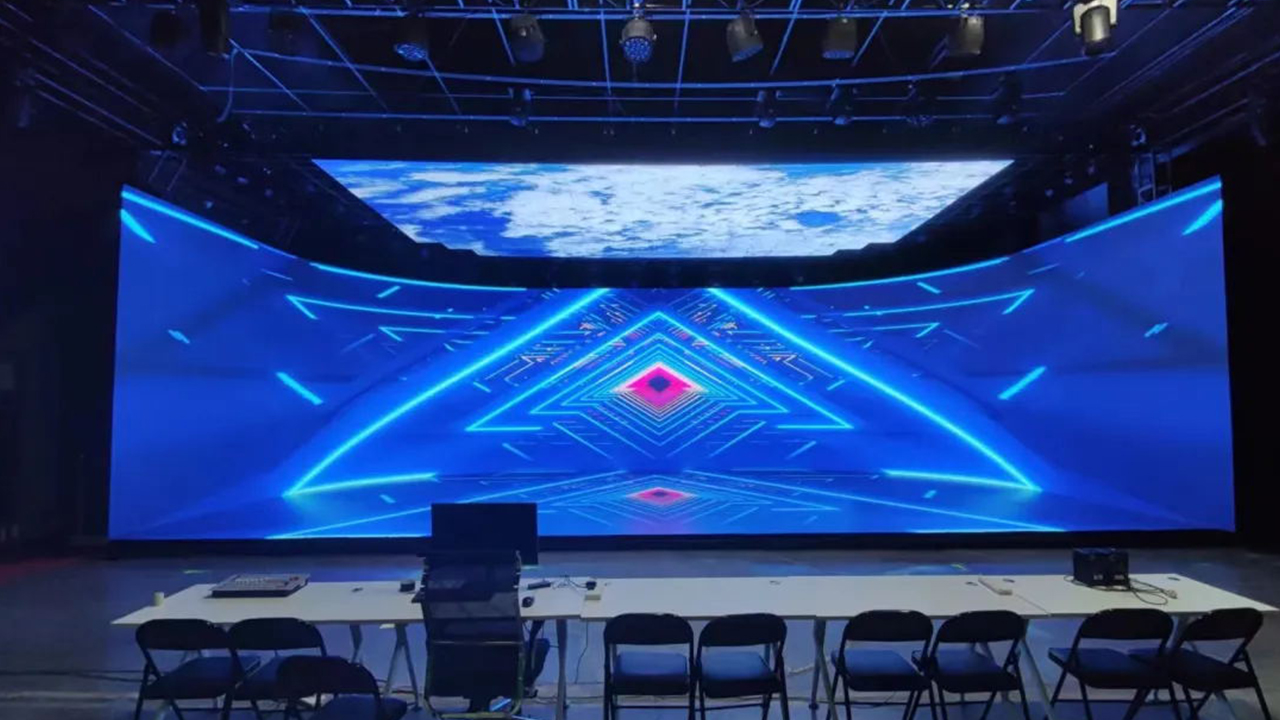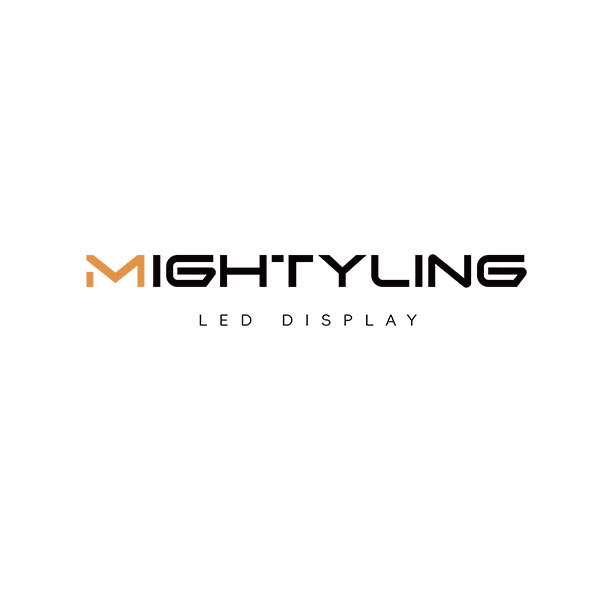+86 0755 2301 1202
info@mightyling.com
Building 1, Zhongzhan Technology Park, No. 9 Furong Road, Tantou Community, Songgang Street, Shenzhen
With the widespread application of LED displays in advertising, conferences, security monitoring and other fields, their maintenance methods have become a key factor in ensuring the stable operation of equipment. At present, the maintenance of LED displays is mainly divided into two modes: pre maintenance and post maintenance, and there are significant differences between the two in terms of operation mode, applicable scenarios, and cost-effectiveness.

Characteristics and advantages of pre maintenance
The core advantage of pre maintenance is high space utilization efficiency, especially suitable for indoor small pitch display screens. It uses magnetic components to attach the LED module to the surface of the box. When disassembling, only suction cup tools are needed to quickly remove the module without leaving a back channel. For example, indoor equipment such as conference display screens and security monitoring display screens commonly adopt pre maintenance design, which can reduce the thickness of the box by more than 30% while reducing installation space occupation. This design also simplifies the maintenance process, allowing technicians to directly operate from the front in case of a single point of failure, reducing the maintenance time to one-third of traditional post maintenance methods.
In outdoor scenarios, front maintenance also demonstrates technological advantages. Taking the LED smart light pole screen as an example, after adopting a front maintenance design, maintenance personnel can complete module replacement without the need for ladders or other tools, greatly reducing the risk of high-altitude operations. In addition, the modular design of the pre maintenance supports quick replacement of faulty units, and a certain brand of product achieved a single point of failure repair time of less than 5 minutes in actual testing, significantly improving equipment availability.
Applicable scenarios and technical characteristics of post maintenance
The post maintenance mode achieves maintenance by reserving a back inspection channel, mainly applied to LED display screens on the exterior walls of large buildings. Its technological advantages are reflected in cost-effectiveness and maintenance efficiency: the initial installation cost is 15% -20% lower than previous maintenance, and due to the existence of maintenance channels, it can accommodate multiple technical personnel working in parallel at the same time. For example, the LED display screen on the exterior of a sports stadium adopts post maintenance design, with a back channel width of 1.2 meters, supporting multiple operations such as module replacement and cable testing simultaneously.
In terms of optimizing heat dissipation performance, post maintenance design has more advantages. Through the layout of the back space, a modular heat dissipation structure can be achieved, which improves the stability of the device by more than 20% in high temperature environments. During summer testing, the LED display screen on the exterior wall of a commercial complex was designed with post maintenance to lower the temperature of the box by 8-12 ℃ compared to the previous maintenance plan, effectively extending the lifespan of the LED beads.
Key considerations for selecting maintenance methods
In practical applications, the selection of maintenance methods requires a comprehensive consideration of multiple factors. Space constraints are the primary consideration: indoor compact installation scenarios (such as control command centers) should prioritize front maintenance, while rooftop and column installations are more suitable for rear maintenance. Cost benefit analysis shows that although the initial investment for pre maintenance is relatively high, the long-term maintenance cost can be reduced by 25% -30%, especially in commercial areas with high space costs.
The frequency of maintenance has a significant impact on the selection of solutions. For high-density usage scenarios (such as 24-hour running advertising screens), it is recommended to adopt pre maintenance, as its fast response capability can reduce downtime losses. For low-frequency maintenance needs (such as building exterior wall decorative screens), post maintenance can be selected, using night or non business hours for centralized maintenance.
Key technical points during maintenance process
Regardless of the maintenance method used, standardized operating procedures must be followed. In terms of environmental control, LED displays need to operate under conditions of -20 ℃ to 50 ℃ and humidity of 10% to 90% RH to avoid component corrosion caused by high temperature and high humidity environments. The operation of turning on and off the screen must strictly follow the order of "computer first, screen body second, screen body second", and the interval time should not be less than 5 minutes.
Professional tools are required for cleaning and maintenance, and the surface of the module should be lightly swept with a soft bristled brush. The use of liquid cleaning agents is strictly prohibited. In a certain case, the improper use of a damp cloth to wipe caused a short circuit in the light bulb, resulting in the scrapping of a single module. In terms of moisture-proof treatment, preheating and lighting methods should be used in high humidity environments: 30% -50% brightness preheating is required for 4-8 hours if not used for 3 days, and preheating for more than 12 hours if not used for 7 days.
Future Development Trends
In the direction of technological evolution, front-end maintenance design is moving towards intelligence and automation. The intelligent pre maintenance system developed by a certain enterprise has achieved automatic module recognition and positioning, with maintenance efficiency increased by 40% compared to traditional methods. The post maintenance field focuses on channel optimization and remote diagnosis, using IoT technology to achieve real-time monitoring of device status, reducing maintenance response time to within 1 hour.
At the market application level, the market share of pre maintenance in the small pitch LED display market has exceeded 60%, especially in the fields of smart cities and commercial retail, showing explosive growth. Post maintenance, with its cost advantage, still dominates the market share of large-scale projects such as building exteriors and sports venues.
The front and rear maintenance of LED display screens have their own advantages and disadvantages, and the selection should be based on a comprehensive evaluation of specific application scenarios, budget constraints, and maintenance needs. With the advancement of technology, the two maintenance methods will continue to optimize in material innovation, structural design, intelligent management, and other aspects, jointly promoting the development of the LED display industry towards a more efficient and reliable direction. In the future, pre maintenance and post maintenance may form a complementary ecosystem to meet the differentiated needs of different segmented markets.
The three major incremental market opportunities and breakthrough directions for LED displays in 2025
Is LED movie screen a true trend or a fake trend? Let's talk about the popular LED movie screen this year

Mengling is a global provider of LED displays. We show premium technology with cutting-edge technology and advanced innovations, providing LED display products, solutions,and services worldwide for rental stage events, ads billboards, commercial display, etc.
Building 1, Zhongzhan Technology Park, No. 9 Furong Road, Tantou Community, Songgang Street, Shenzhen

Cell:+86 193 2872 5381
Whatsup:+86 176 6528 8667
E-mail:info@mightyling.com
Headquarters Address:
No. 1 Factory Building 101, Phase Ⅱ of Jinshunyuan factory area, south side of Furong Road, Tantou community, Songgang Street, Bao'an District, Shenzhen, China
Factory Address:
No. 1 Factory Building 101, Phase Ⅱ of Jinshunyuan factory area, south side of Furong Road, Tantou community, Songgang Street, Bao'an District, Shenzhen, China